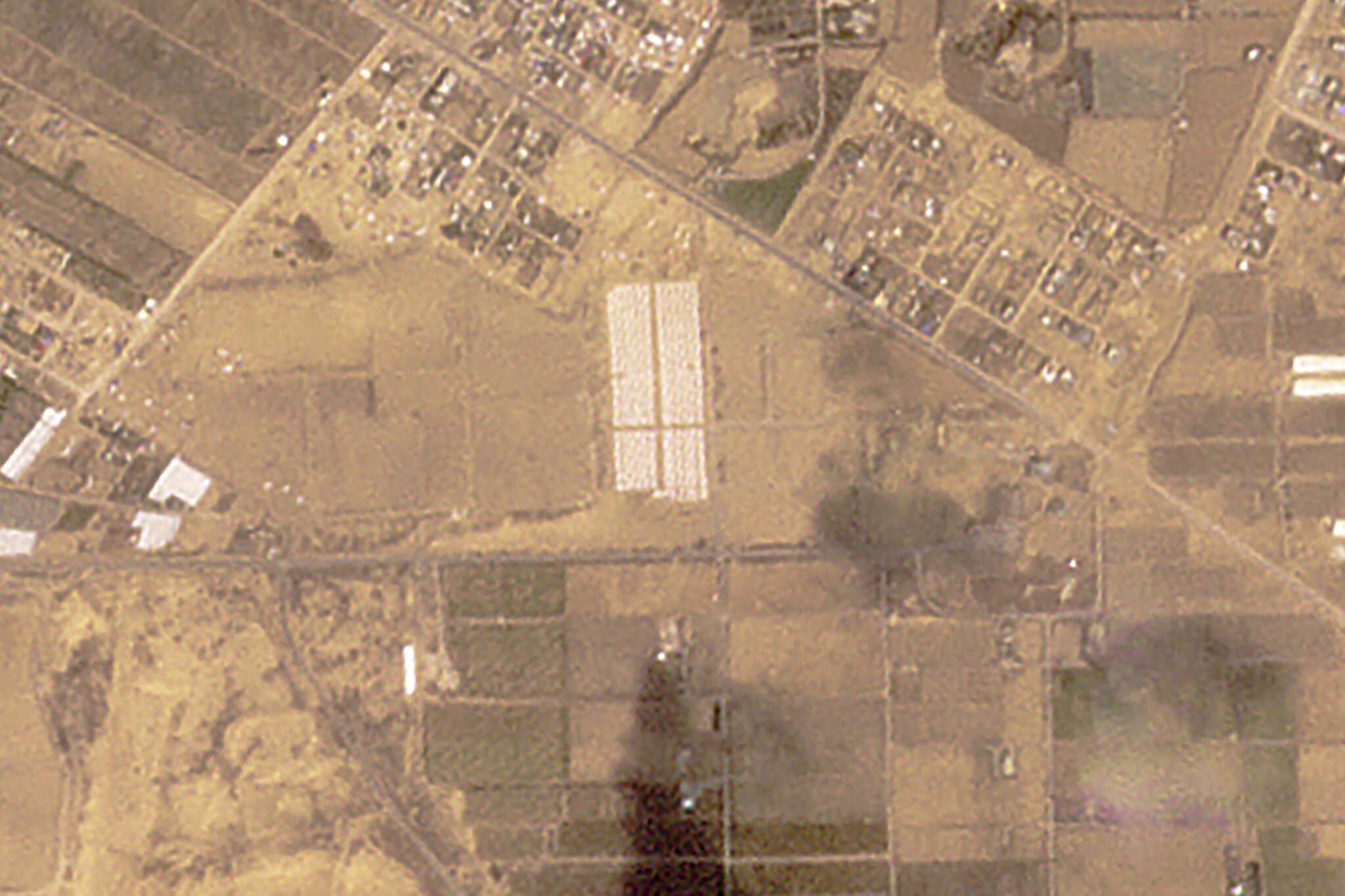Apparently, the pro-Israel right continues the battle against Barnard College professor Nadia Abu El-Haj despite the fact that their cause is likely lost. As I’ve written often in the past here a group of right-wing Jewish groups including Campus Watch, Frontpagemagazine and “intellectuals” like Shulamit Reinharz have taken up the cudgels against Abu El-Haj, who is up for tenure this year. Both Jesse Walker at Reason Magazine and I have uncovered the unsavory nature of the campaign including fabricated quotations from Abu El-Haj’s work, reviewers hiding their affiliations with anti-Abu El-Haj groups, etc.
One of the disturbing aspects of this fight is how the right co-opts, often through subterfuge, respectable media outlets to do their bidding. So the Jewish Telegraphic Agency published a report virtually parroting the falsehoods spread about the Barnard professor without interviewing anyone to represent the academic’s perspective on this battle.
The Journal of Near Eastern Studies published a highly negative review by Alexander Joffe, who continues to insist–despite the fact that the publication’s editor has written to me that this was material–that his role as director of Campus Watch when the review was published need not have been disclosed either to the editors or within the review itself.
History New Network published a “review” of Facts on the Ground by Diana Muir, one of the early leaders of the anti Abu El Haj campaign. In the review, Muir did not disclose any of her political affiliations, which would’ve allowed HNN readers to take account of her possible prejudices in this matter. I disclosed this to an HNN editor weeks ago and his way of dealing with the issue was to link to two blog posts of mine about the Abu El-Haj smear campaign.
Now I see that HNN has published yet another piece of garbage against Abu El-Haj repeating virtually the same charges peddled earlier by Joffe, Muir, and “Hugh Fitzgerald” (at Campus Watch and Frontpagemagazine). Again, HNN displayed links to my own posts as if that somehow absolves them of any responsibility for the regurgitated lies peddled by this new reviewer. This is the height of editorial irresponsibility.
There are some authors I respect who publish at HNN like Mark LeVine. So I can’t say the entire site is characterized by this intellectual narischkeit. But there is a serious lack of editorial judgment afflicting HNN, and its readers should know that trusting the bona fides of its writers is a dubious proposition.
The new smear, Archeology and the Propaganda War Against Israel, is by one Richard L. Cravatts, listed as:
director of Boston University’s Program in Book and Magazine Publishing at the Center for Professional Education
If you’re like me you’re wondering where his credentials as a historian (presumably the subject of HNN), archaeologist (the subject of Abu El-Haj’s book) or anthropologist (Abu El-Haj’s field) are. Gone missing I guess. But that doesn’t stop Cravatts from writing on subjects far and wide about which he has dubious credentials:
[he] writes frequently on terrorism, higher education, politics, culture, law, marketing, and housing, and is currently writing a book about the world-wide assault on Israel taking place on college campuses.
That last phrase is a dead giveaway for a Campus Watch/Frontpagemagazine groupie–and whadayaknow, guess where Cravatts writes? Almost entirely in right-wing publications: Frontpagemagazine, American Thinker, Intellectual Conservative, Free Republic, the right-wing Scholars for Peace in the Middle East, and World Sentinel (affiliated with Town Hall). HNN doesn’t tell you any of that in his bio. In fact, I had to search far and wide on the web to discover that he earned his PhD in English from the University of Louisiana. For some reason, he omits this from his online bios probably because it would reveal he has no particular expertise in any of the fields listed above and has done no original research whatsoever in publishing this piece.
And what does Cravatts bring that is new to this discussion that would merit publishing his article? Nothing. The same old lies claiming that Abu El Haj doesn’t know Hebrew (she does), that she denies a link between ancient Israel and the Jewish people (she doesn’t), etc. And you’ll find the same fabricated quotation from Abu El Haj’s work which Jesse Walker and I debunked weeks ago. Here’s Cravatt’s review:
…“the modern Jewish/Israeli belief in ancient Israelite origins” is a “pure political fabrication…”
Of course, Abu El-Haj actually wrote quite the opposite:
“…the modern Jewish/Israeli belief in ancient Israelite origins is not understood as *pure* political fabrication.”
Cravatts also disingenuously quotes from archaeologist Ralph Harrington without noting that while Harrington is critical of aspects of Abu El-Haj’s work, he is also critical of the campaign against her and and does not endorse the view that she should be denied tenure. I’m afraid this is just more recycled garbage.
To paraphrase the original fighter against intellectual McCarthyism–Joseph Welch: Have you no shame HNN? At long last, have you no shame?
Sam Hardy has done a tremendous job of recapitulating all the arguments and evidence mustered on both sides of the argument. Anyone interested in this matter should read his meticulous work.
UPDATE: I wrote to Rick Shenkman, HNN editor, about this matter and he was most gracious. He took down the Cravatts piece until the author can back up his charges with facts. I think that shows a certain amount of class and I give him credit for that. So read what I wrote above in the light of this update.






Just a couple of quick clarifications, Richard, If I may. First, I’m not an archaeologist, I’m a historian. Second, whatever I may think of the anti-tenure campaign (and I don’t think much of it) I take no position on the tenure issue itself. My view is that whether Nadia Abu El Haj gets tenure or not is a matter between her, her academic peers and her institution, and is nobody else’s business.
From http://eaazi.blogspot.com/2007/09/jacob-lassner-and-nadia-abu-el-haj.html .
[The] … main thesis [of Facts on the Ground] … appears on page 11.
Abu el-Haj demonstrates in her book that the practice of Israeli archeology affects the theory and the sociology of Israeli archeology and hence the larger Israeli society. If Lassner had a clue, could have overcome his Zionist prejudice, and had read the book (carefully), he might have recognized the tremendous scientific achievement in elucidating a process that occurs in many situations.
During Southern slavery Southern doctors used their slaves as experimental subjects to the profound corruption of the theory and sociology of US medicine, and the effects of this perversion lingered to affect the larger American society long after the end of slavery.